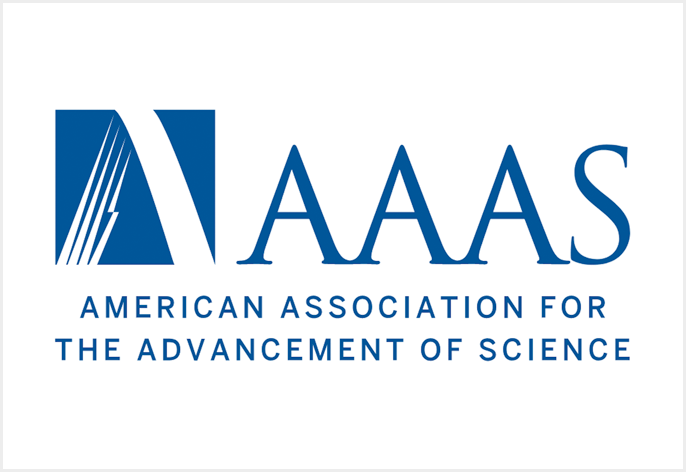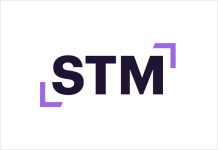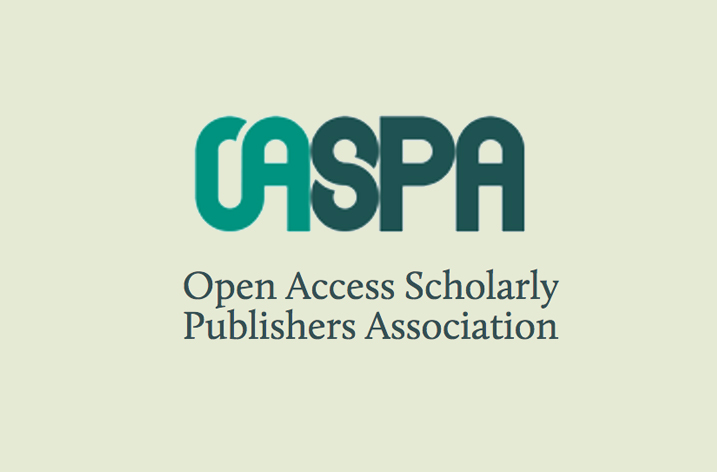
The Science family journals have announced a partnership with the nonprofit data repository Dryad that simplifies the process by which authors deposit data underlying new work – a critical step to facilitating data’s routine reuse. The partnership is yet another step taken by the Science journals to ensure data the scientific community requires to verify, replicate and reanalyze new research is openly available.
“Addressing public access to data at scale is a critical challenge,” said Holden Thorp, Editor-in-Chief of the Science family of journals. “We’re committed to supporting authors in making their data become more findable, accessible, and reusable going forward.”
The Science journals already require data underlying results in published papers to be publicly and immediately available, a large component of which has been directing authors to data repositories. In recent years, Science editors have been pleased to see an increase in data deposition at these sites; an analysis of Science papers published in 2020, for example, found that nearly three-quarters used external public repositories.
Authors tend to be increasingly familiar with their field-specific data repositories, but where these don’t exist, data deposition presents more challenges.
Partnering with Dryad, a generalist repository, will address this issue for Science journal authors and simplify the process overall.
Because the partnership with Dryad integrates Dryad’s platform with the Science family journal’s submission process, authors will have the option to deposit data at Dryad directly from the submission site of any Science family journal. As authors submit research to the journals, they will be prompted about data availability and welcome to deposit their data to any suitable disciplinary repository. But, if data do not yet have a home, authors will have the opportunity to upload their data to Dryad.
Data deposited at Dryad will be seamlessly and privately available to editors and reviewers during peer review of a Science family journal manuscript.
“We hope this step will help improve the evaluation of research findings across the scientific enterprise and strengthen the reproducibility of work published in the Science journals,” said Thorp.
To ensure that this service is widely available, the Science journals will cover costs of Dryad data publication for accepted papers. The datasets of accepted papers will undergo Dryad’s curatorial process – to ensure the data is usable – and become public on the Dryad site, with an associated DOI and with links to and from the published research article. Dryad further provides metrics that measure the number of times an individual data publication has been viewed, cited, and downloaded.
The scientific community’s response to Dryad’s platform has highlighted benefits including ease of use of the platform, and the value authors place on data curation by Dryad staff. Others have highlighted the importance of the repository for early-career researchers, who can receive credit for their datasets through Dryad citations, and who can build their reputation for following transparent research practices by depositing in the repository.
The Science journals remain committed to engaging with both the research and repository communities to help ensure that data becomes more findable and reusable going forward. The open availability of data is critical to enabling acceleration of discovery and translation of research into benefits for society.

























